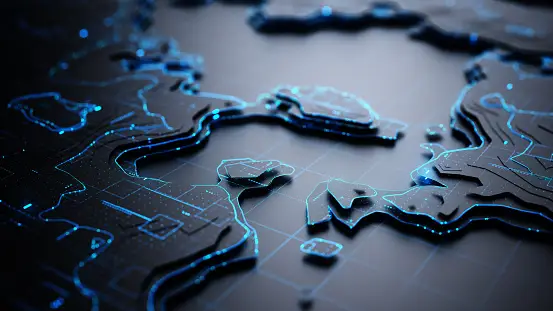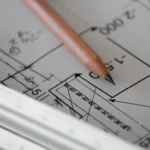Water Distribution Network Optimization: The Power of Automated Utility Design

When it comes to providing clean and reliable water to our communities, the efficiency and effectiveness of the water distribution system design are paramount. Water distribution networks are the intricate web of pipes, pumps, valves, and tanks that ensure that every tap in your home or business delivers safe and clean water. Ensuring the optimal design of these networks is not just a matter of convenience; it’s a matter of public health and sustainability.
In this blog post, we will explore the concept of water distribution system design and the revolutionary impact of automated utility design on optimizing these crucial systems. But before we dive into the world of automated utility design, let’s first understand why a well-designed water distribution system is so crucial.
The Importance of Water Distribution System Design
- Reliable Water Supply: A well-designed water distribution system ensures that water is reliably supplied to all areas within a municipality. This means that whether you live in the heart of the city or in a remote rural area, you can count on access to clean water.
- Minimizing Wastage: Efficient water distribution system design helps in minimizing water wastage. This is not only environmentally responsible but also economically prudent. Wasted water equates to wasted resources, energy, and money.
- Pressure Management: Properly designed networks maintain adequate water pressure throughout the system. This ensures that water can reach all corners of the network, even during peak demand periods.
- Contamination Prevention: An effective water distribution system is designed to prevent the backflow of contaminants into the water supply. This is vital for safeguarding public health.
- Future-Proofing: Well-designed systems take into account future growth and changes in water demand, ensuring that the network can adapt and expand as needed without major disruptions.
Enter Automated Utility Design
The traditional approach to water distribution system design involved manual planning and modeling, which could be time-consuming, expensive, and often prone to human error. However, with advancements in technology, particularly in the field of Geographic Information Systems (GIS) and computer-aided design (CAD), a new era of automated utility design has emerged.
Automated utility design harnesses the power of advanced software tools and algorithms to optimize every aspect of a water distribution network. Here’s how it works:
- Data Collection: The process begins with the collection of a wide range of data, including topography, land use, existing infrastructure, and anticipated growth patterns.
- Analysis: Specialized software uses this data to perform complex hydraulic and spatial analysis, simulating various scenarios to determine the most efficient network layout.
- Optimization: Algorithms then identify the optimal placement of pipes, pumps, valves, and storage tanks. This process takes into account factors like minimizing pipe lengths, reducing energy consumption, and maximizing flow efficiency.
- Sustainability: Automated utility design can also factor in sustainability goals, such as reducing carbon emissions and conserving water resources.
- Real-Time Monitoring: Some systems even offer real-time monitoring and control capabilities, allowing utilities to respond quickly to any issues that may arise.
Keywords in Water Distribution System Design
Now, let’s circle back to our keywords – “water distribution system design.” In the context of automated utility design, these keywords take on a whole new significance. They represent the heart of this transformative technology, where precision and efficiency meet to create resilient and sustainable water distribution networks.
In conclusion, water distribution network optimization is not just about getting water from point A to point B. It’s about doing it intelligently, sustainably, and with a keen eye on the future. Automated utility design, driven by advanced software and data analysis, is the key to achieving these goals. By embracing this technology, we can ensure that clean and reliable water is delivered to our communities efficiently, economically, and responsibly. The future of water distribution system design is here, and it’s powered by automation.
If you’re interested in learning more about the exciting world of automated utility design and its impact on water distribution systems, stay tuned for our upcoming articles. We’ll delve deeper into the intricacies of this technology and explore its real-world applications and benefits.
In the meantime, remember that every time you turn on the tap, you’re benefiting from the wonders of water distribution system design, and thanks to automation, that experience is becoming more efficient and sustainable with each passing day.

Diamond Painting Apps & Digital Tools for 2025 Artists

Pallet Wood Sourcing: Ethical and Sustainable Practices

Understanding Cost-Benefit Analysis for Project Feasibility

Accelerating drug discovery through the DEL-ML-CS approach

AI in Marketing Is No Longer a Buzzword — It’s the Strategy

Your Boat Capsizes But Remains Afloat What Should You Do: Complete Boating Safety Guide

Your Boat Capsizes and Floats Away What Should You Do: A Complete Safety Guide for Boaters

Hotels That Take Cash: The Ultimate Guide for Travelers Who Prefer Cash Payments








